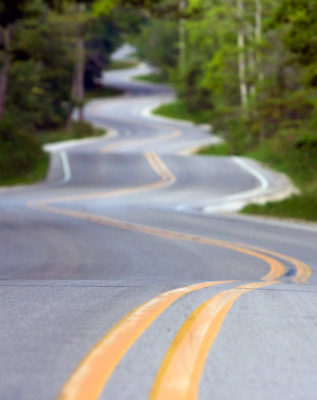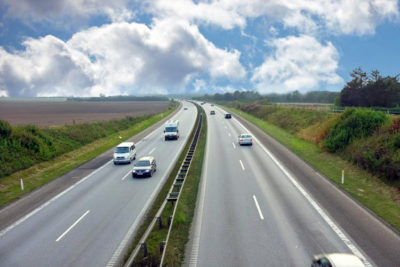At a driving safety forum in Winnipeg earlier this year, Luis Escobar, the city’s manager of transportation, made an important point about roadways and speed limits: if a city wants a low speed limit on a particular stretch of road, it’s important to design that road to encourage slower speeds.
For example, setting a 30 km/h speed limit on a stretch of roadway with the width, visibility and limited-access of a multi-lane divided highway only promotes speeding. If the point is to ensure vehicles travel the speed limit, narrower lanes, tighter curves or speed tables might cut into speeding-ticket revenue, but will make compliance with the lower limit more likely.

Interestingly, it’s part of traffic engineering dogma that states — quite accurately — left to their own devices, 85 per cent of drivers will naturally gravitate to a speed appropriate to the roadway.
It also raises a different, perhaps more interesting, question: should speed limits be set by politics, or by engineering? Is speeding a safety issue, or a revenue opportunity? Are overly low limits on normal roads about safety, or entrapment?
Because if Escobar’s assertion roadways should reflect the desired speed limit holds true, the corollary — speed limits should reflect roadways — also holds true.
Drive on Manitoba’s highways and you might soon be wondering why most carry a speed limit of 100 km/h. In most parts of the province, the terrain is flat, the roads are straight. You can see threats developing from a mile away. Few drivers actually maintain 100. Most clip along at 110, confident such a speed won’t even get a Mountie to raise an eyebrow. A few push it to 120.

It’s only recently limits on some highways were raised to 110 km/h. When you cross into North Dakota, 75 mph (120 km/h) is the limit on limited-access Interstates. In South Dakota, it’s 80 mph (137 km/h).
It’s interesting to note most of today’s speeds were set back when four-wheel drum brakes, kingpin suspensions, bias-ply tires and recirculating-ball steering systems were standard, and when electronic stability control, anti-lock brakes and brake assist — never mind radar-based collision-avoidance systems — weren’t even twinkles in engineers’ eyes.
That’s not to say blind faith in technology is wise — many drivers don’t know how to actually use these systems — but vehicles have made quantum leaps in safety, in handling, in steering and in braking ability since 55-alive was a catchphrase. Tires play a big role in those improvements, too.
It is still wise to obey, but many of those orange speed suggestions on off-ramps are set far below most vehicles’ capabilities. Even minivans, in the right hands, can well outdrive 40 km/h on a descending radius cloverleaf loop.
In other words, there was a time when the weak link on roads was the technology in cars. Today, it’s inverted. Now, it’s the drivers, in many cases.
Thinking speed limits should be based on enforcement alone is both naive and dangerous. If the goal is compliance, designing roadways and setting limits should reflect that 85 per cent rule, leaving enforcement to the outliers.



